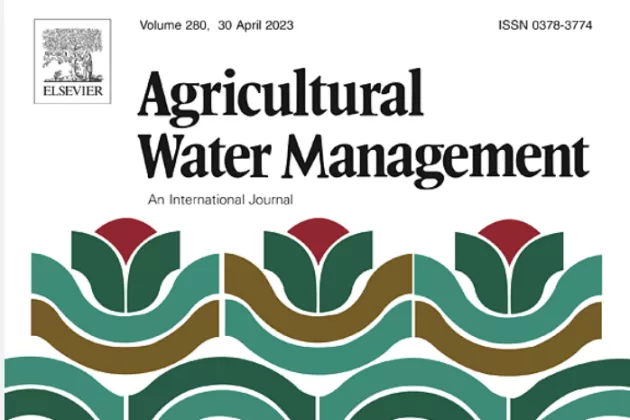High water consumption in the agricultural sector, population growth, urbanization, and industrialization have gradually turned groundwater into a quantitative and qualitative crisis. This study investigated aquifer storage and recovery (ASR) as the environmental effect of modernization projects in agricultural water distribution systems. For this purpose, a numerical model of the Qazvin Aquifer located in central Iran was developed using MODFLOW for spatial analysis of ASR before/after modernization. Besides, to investigate the operational performance of the water distribution systems in the status quo, a hydraulic flow simulation model of the surface water distribution systems, including the main open canal and lateral, was developed in MATLAB, calibrated, and verified by the observed operational data. Then, this hydraulic model was coupled with the developed automatic control systems, including the de-centralized & centralized real-time controllers, as the modernization alternatives. The hydraulic-operation simulation results reveal that the agricultural water distribution system’s performance improved the reliability of the surface water delivery process by nearly 33% for the de-centralized control system and by approximately 35% for the centralized control system. Consequently, numerical modeling results indicate that the groundwater table will keep declining at an annual rate of about 1.5 m using the conventional operating system in the status quo. Also, the results show that groundwater extraction decreased by 45% and 60% in the de-centralized and centralized automated methods, respectively. Therefore, the proposed ASR approach in the present study, based on the operational automation of the surface flow within the irrigation district, can be introduced as a practical and reliable approach to upgrading the conjunctive surface-groundwater agricultural water distribution system in irrigation districts worldwide.
Keywords: Environmental assessment; Conjunctive operation; Irrigation district; Automated control systems; Sustainable management




